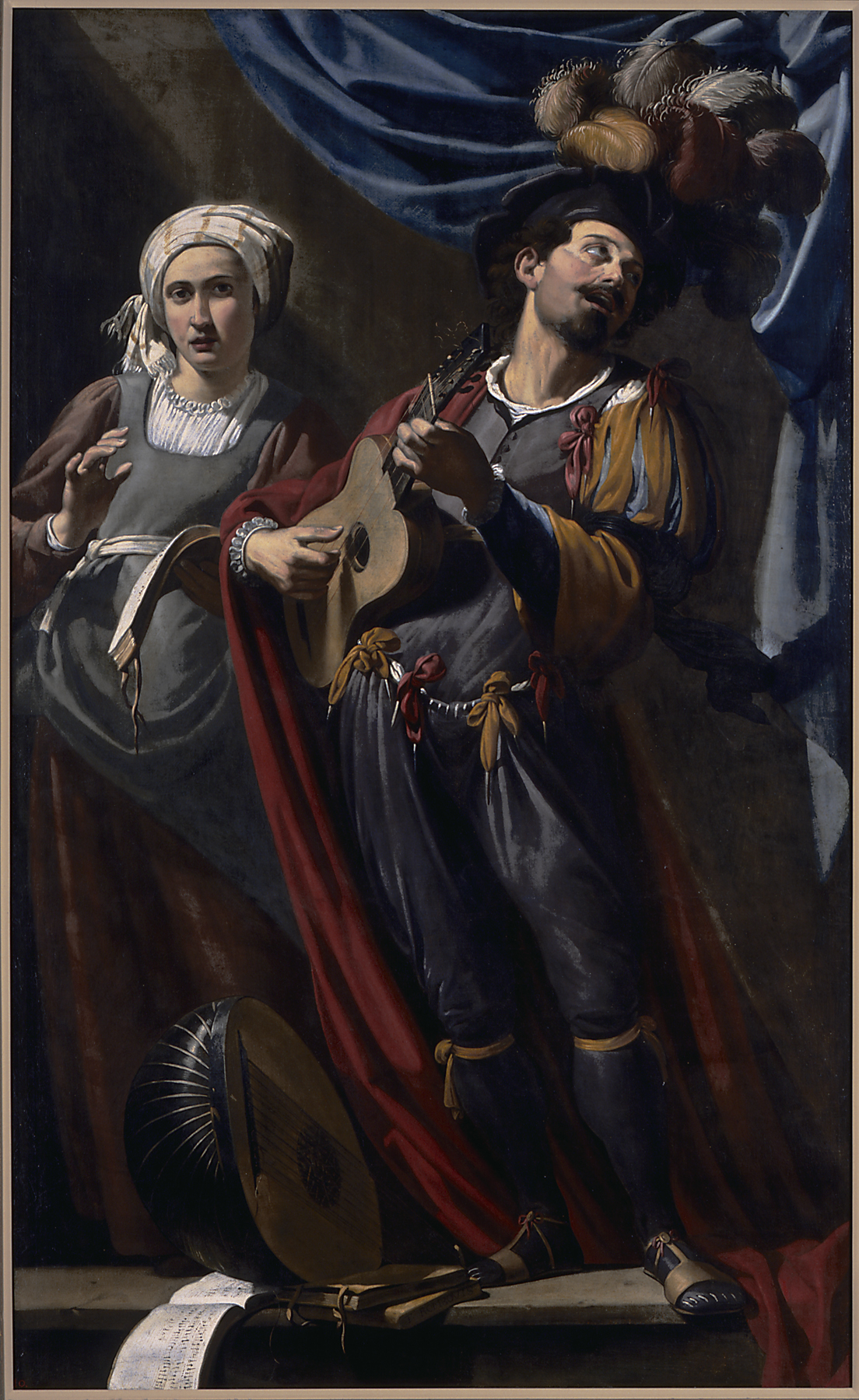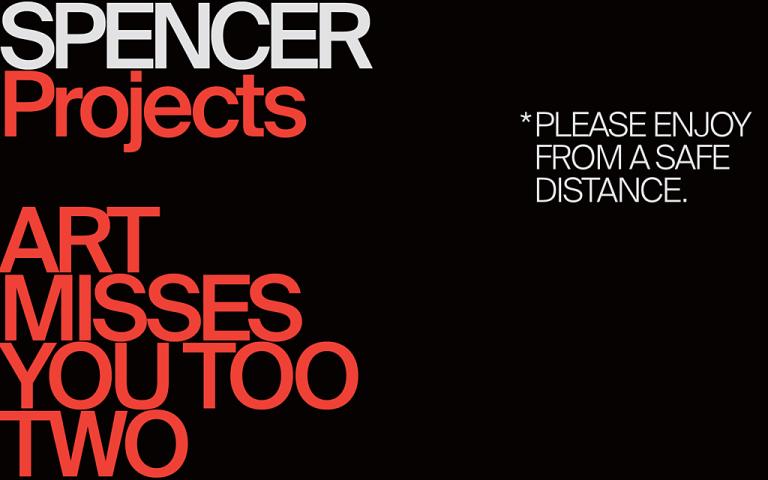The Musicians, Theodoor Rombouts
Artwork Overview

Canvas/Support (Height x Width x Depth): 200 x 121.3 cm
Canvas/Support (Height x Width x Depth): 78 3/4 x 47 3/4 in
If you wish to reproduce this image, please submit an image request
Images
Label texts
These costumed musicians sway as they sing, conveying the activity of performance. Rombouts may be alluding to harmony in love as well as music. His scene may serve as a warning to the viewer about the potential for discord by rendering the lute at the bottom with a broken string.
These costumed musicians sway as they sing, conveying the activity of performance. Rombouts may be alluding to harmony in love as well as music. His scene may serve as a warning to the viewer about the potential for discord by rendering the lute at the bottom with a broken string.
The two people portrayed in this painting wear traditional Flemish theatrical costume. Their bodies sway with the music as they sing, conveying their activity of performing. Paintings of musicians, popular in Dutch and Flemish art, were usually small, with half-length figures eating and drinking. This larger painting with full-length figures may have been commissioned by a wealthy patron. Flemish artist Theodor Rombouts worked in Italy from 1616 to 1625, where he likely studied painting techniques that might have resulted in the dramatic foreshortening of the lute on the floor and the theatrical “shelf” on which the performers stand. Music and love have long been associated in art. Here the artist may be alluding to “harmony” in love by depicting the singing couple, while at the same time warning the viewer about the potential for “discord” by rendering the lute at the bottom with a broken string.
Exhibition Label:
"Corpus," Apr-2012, Kris Ercums
The two people portrayed in this painting wear traditional Flemish theatrical costume. Their bodies sway with the music as they sing, conveying their activity of performing. Paintings of musicians, popular in Dutch and Flemish art, were usually small, with half-length figures eating and drinking. This larger painting with full-length figures may have been commissioned by a wealthy patron. Flemish artist Theodor Rombouts worked in Italy from 1616 to 1625, where he likely studied painting techniques that might have resulted in the dramatic foreshortening of the lute on the floor and the theatrical “shelf” on which the performers stand. Music and love have long been associated in art. Here the artist may be alluding to “harmony” in love by depicting the singing couple, while at the same time warning the viewer about the potential for “discord” by rendering the lute at the bottom with a broken string.
Label 2008:
The people in the painting wear traditional Flemish theatrical costume. Paintings of groups of musicians, popular in Dutch and Flemish art, were usually small, with half-length figures eating and drinking. This larger painting with full-length figures may have been commissioned by a wealthy patron.
Music and love have long been associated in art. Here the artist may be alluding to “harmony” in love by depicting the singing couple, while at the same time warning the viewer about the potential for “discord” by rendering the lute at the bottom with a broken string.
The use of chiaroscuro (modeling forms using light and shadow) is commonly associated with artists who traveled to Italy and were exposed to the work of Caravaggio. Rombouts developed this technique while working in Italy from 1616 to 1625. Rombout’s use of dramatic foreshortening in the lute on the floor and the guitar player’s hand also suggest Italian influence.
Exhibitions
Kate Meyer, curator
Celka Straughn, curator
Kate Meyer, curator
Celka Straughn, curator












